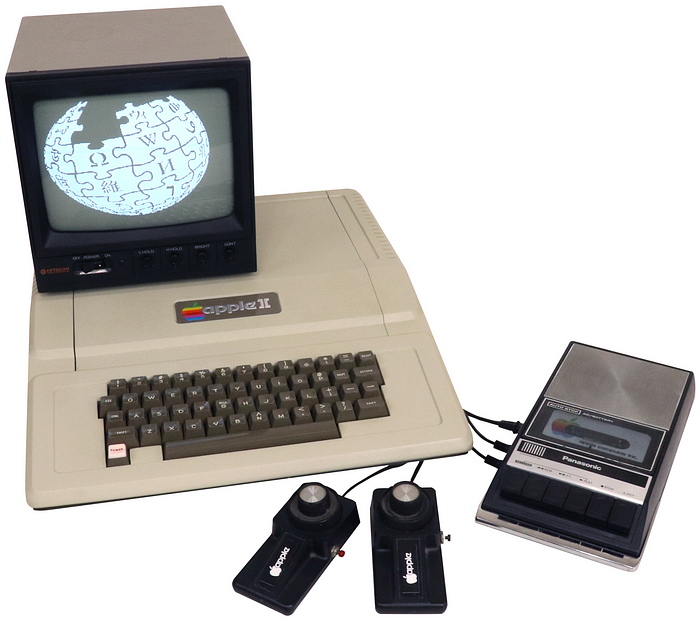Transistors: Let’s Time-Travel Together
1945–2021 From the first bug until the dancing robots.

“It was not so very long ago that people thought that semiconductors were part-time orchestra leaders and microchips were very small snack foods.”
― Geraldine Ferraro
There are 37.2 trillion cells in the human body. Yet, while the size of a single cell does not really need to change for the sake of humankind’s evolution. For robots to evolve, it is essential that the transistor, i.e., the robot cell, get smaller as much as possible.
As of 2020, the highest transistor count was in the “Wafer Scale Engine 2” by Cerebras; it has 2.6 trillion MOSFETs manufactured using TSMC’s 7 nm FinFET process.
To demonstrate the huge advancement since 1945, transistors nowadays are 10,000 times smaller than a single human hair.
This article is the last in a series of three:
⚫ Transistors: The Greatest Invention of the 20th Century.
⚫ Transistors: The Binary Magic.
⚫ Transistors: Let’s Time-Travel Together.
If you haven’t read my first two articles, it is highly recommended to read them to complete the whole puzzle.
Let’s dive in.
The year: 1945 — Transistor Size: few centimeters.

In 1945, the first-ever invented computer, the ENIAC, had 18,000 vacuum tubes(old fashion transistors) in it, weighed 30 tons, and occupied 167 meters squared.

You might be familiar with the term “bug"; it means something is wrong with the software nowadays. The First “Computer Bug” Moth was found trapped in the Mark II Aiken Relay Calculator while being tested at Harvard University on 9 September 1947.
The year: 1948 — Transistor Size: 40 micrometers.

By 1948, the current type of transistor — the one that’s now just ~7 nanometers across — was invented, and it was 40 micrometers long (about 6,000 times longer than the current one).
The year: 1959 — Transistor Size: 20 micrometers.

In 1959, the integrated circuit puts the nearly 30-ton ENIAC(1947) on one tiny chip.
The year: 1971 — Transistor Size: 10 micrometers.

The first-ever microprocessor(the powerhouse of any electronic gadget) by Intel — The 4004, had 2,300 transistors.
The size of a single transistor was 10000 nanometers, still 1500 times longer than the current one.
The year: 1977 — Transistor Size: 5 micrometers.

Back in 1977, the two amazing Steves(Jobs and Wazniak) introduced the Apple II. revealing Apple’s first launch of a personal computer aimed at a consumer market.
The year: 1987 — Transistor Size: 800 nanometers.

10 years after the 68030 microprocessor featured 273,000 transistors. With a transistor size that was below 1000 nanometers for the first time.
The year: 2004 — Transistor Size: 90 nanometers.

Only in 2004, Intel introduced the Pentium 4 with 112,000,000 transistors. And for the first time, the size of a single transistor was below 100 nanometers.
The year: 2007 — Transistor Size: 45 nanometers.

In 2007 Steve Jobs amazed the world again with the first iPhone; the touch screen resembled Tom Cruise's “Minority report” touch screens; I still remember how I had a kid reaction when I happened to hold an iPhone for the first time.
The year: 2021 — Transistor Size: ~5 nanometers.
There has been some news about 2 nanometers transistors recently; the demand for faster chips and stronger chips will not stop. Artificial Intelligence, Automotive, IoT, 5G Technology are the next revolutions.

The takeaway
It is no secret that robots and AI are starting to replace humans in a few sectors nowadays.
You might have heard about the huge demand for chips; the global shortage of chips production is hitting entire industries.
How would the future look like? It is exciting; let’s wait and see.
This article is the last in a series of three:
⚫ Transistors: The Greatest Invention of the 20th Century.
⚫ Transistors: The Binary Magic.
⚫ Transistors: Let’s Time-Travel Together.
